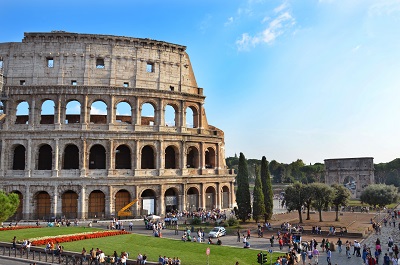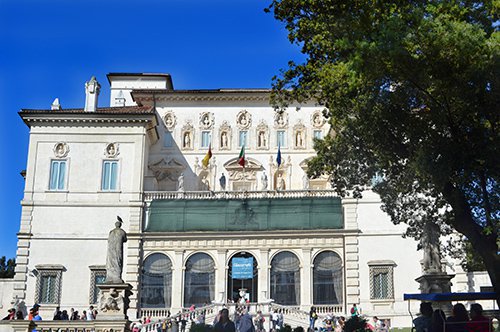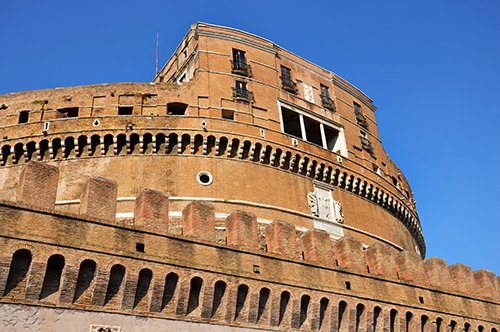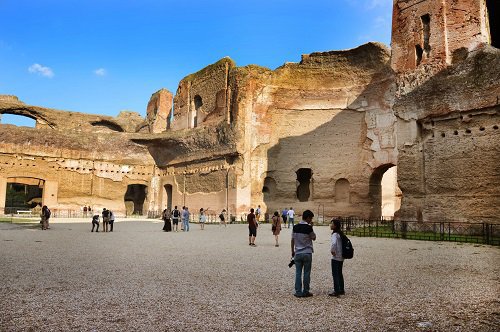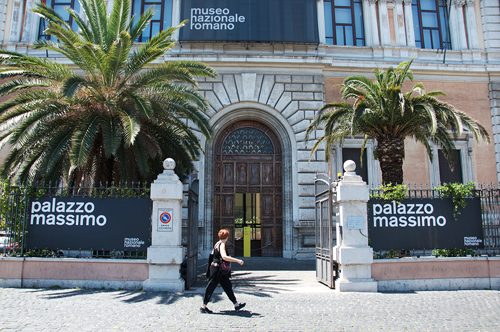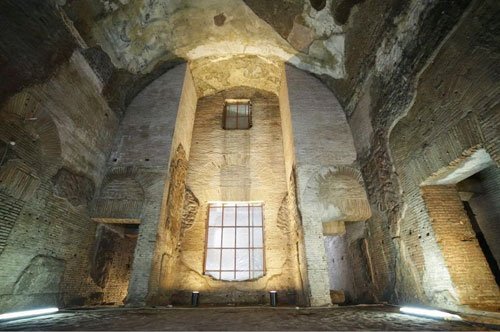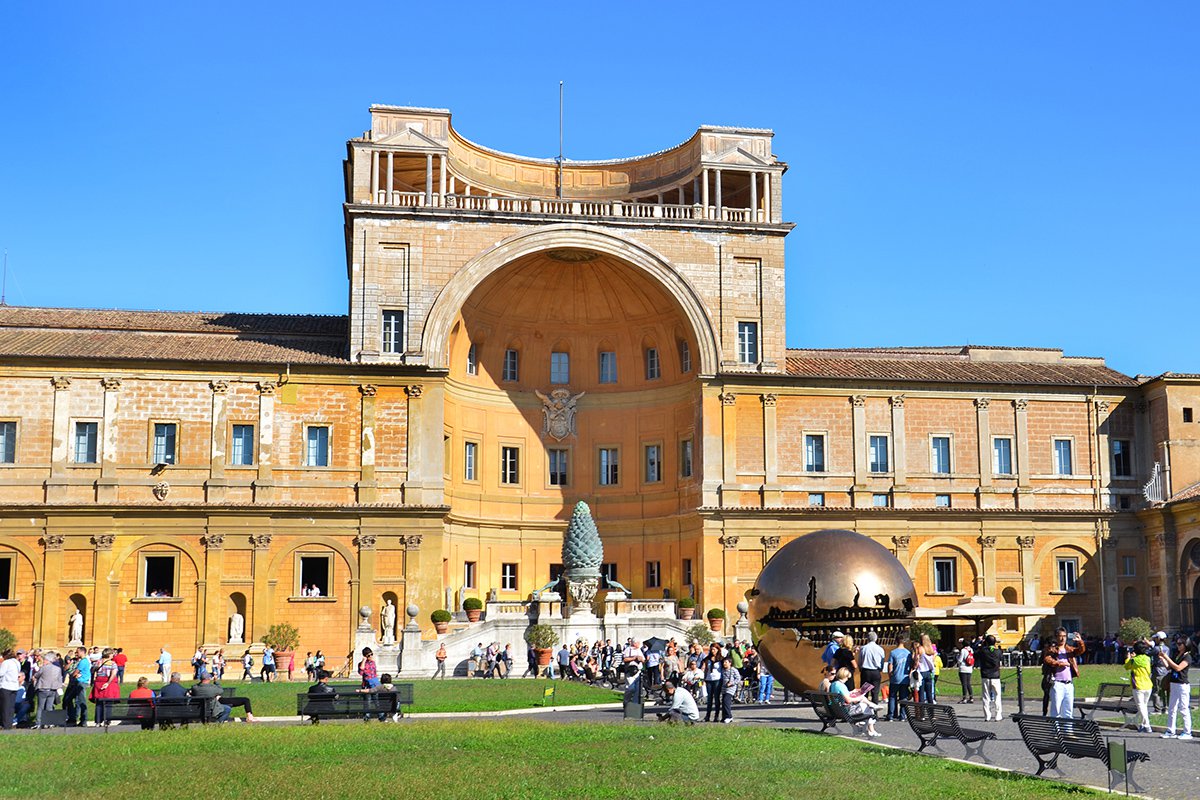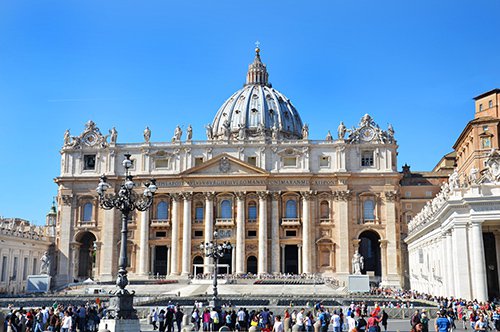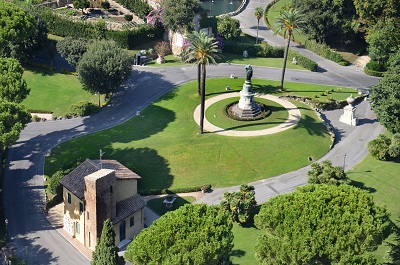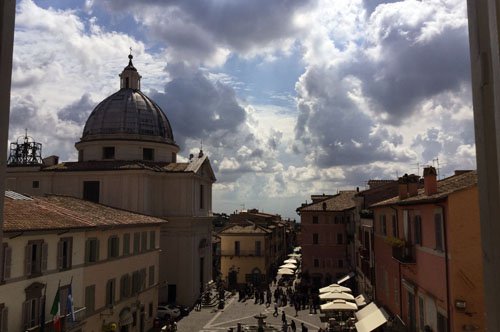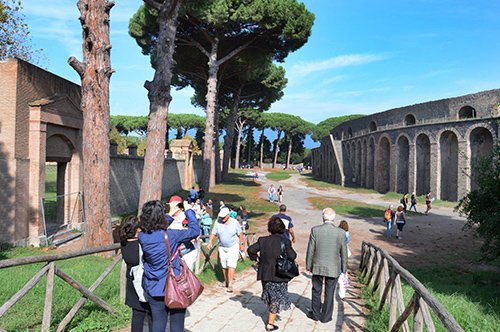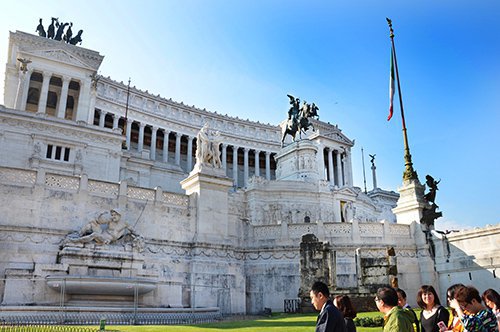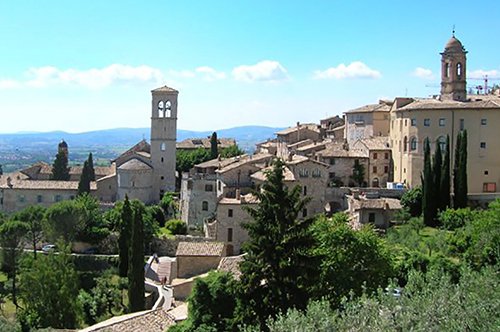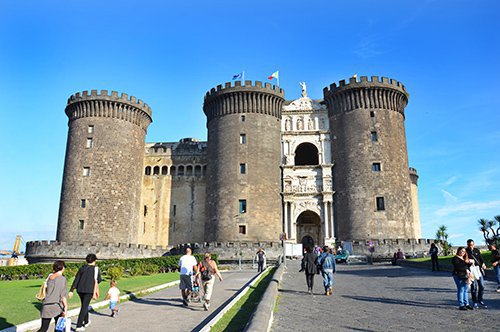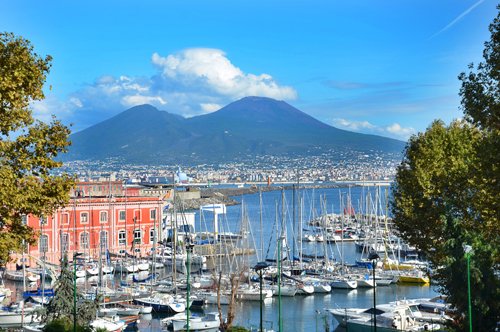Castel Gandolfo
All Categories
Tickets
Guided Tours
Private Tours
WHY VISIT CASTEL GANDOLFO
When visiting the village of Castel Gandolfo, in addition to the Papal Palace, you can admire numerous relics from ancient Rome. Among these are the remains of the Villa of Domitian and several other historic villas that still stand in the area. Between historic residences, churches, and natural sites, you will be spoilt for choice during your visit. For example, there’s the Church of San Tommaso da Villanova, overlooking the main square and designed by Gian Lorenzo Bernini. Or the Papal Villa, with its Antiquarium housing works of art from the imperial villa, the theater, and the Ninfeo Bergantino, also known as the Baths of Diana.
A LITTLE HISTORY OF CASTEL GANDOLFO
It is believed that the current location of Castel Gandolfo was once the site of the ancient city of Alba Longa, which was eventually absorbed during Rome’s expansion. As early as the fourth century BC, to control the waters of Lake Albano, the Romans dug a tunnel through the rock, an impressive feat of hydraulic engineering. As the Roman Republic flourished, the area around the lake became popular for building houses and villas, including the luxurious residence of Emperor Domitian. Castel Gandolfo became independent as early as the year 1000, turning into a small agricultural community that paid dues to the Monastery in exchange for autonomy. The name Castel Gandolfo comes from the Gandolfi family, who, around 1200, built a castle that was later passed down to the Capizucchi and, afterwards, the Savelli families. By the end of the 16th century, Castel Gandolfo was no longer an autonomous community: the castle was seized by the Apostolic Camera due to accumulated debts, and Pope Clement VII made it part of the Church’s possessions, turning it into the papal summer residence.
WHAT CASTEL GANDOLFO IS TODAY
Today, Castel Gandolfo, also known as the “City of the Pope,” is famous for being the Pope’s summer residence. This lively and welcoming village attracts visitors from all over the world, eager to discover its charm on the shores of Lake Albano and amid the beautiful scenery of the Castelli Romani. The historic center is still enclosed by ancient walls, and many noble summer residences were built in the nearby area.
INTERESTING FACTS ABOUT CASTEL GANDOLFO
Did you know that the Papal Palace of Castel Gandolfo is now a museum? It belongs to the Catholic Church and, since 2014, it enjoys extraterritorial status, exempting it from taxes and possible expropriations. Lake Albano, on which the village is set, has volcanic origins and is surrounded by the Alban Hills, composed mainly of volcanic debris. Today, the artificial emissary of the lake is no longer operational, and since the 1960s, the water level has dropped by about five meters, partly due to intensive agricultural use for irrigation.
HOW TO VISIT CASTEL GANDOLFO
If you’re in Castel Gandolfo and wish to explore the Barberini Gardens or the Papal Villas, you can book a guided tour with guaranteed departure. If you’re in Rome and have a day to dedicate to discovering key Vatican-related sites, you can join the “Vatican in a Day” tour. This special package includes priority entry with audio guide to the Vatican Museums, the Sistine Chapel, the Vatican Gardens, and the Papal Villas of Castel Gandolfo, with round-trip train transfer from Rome. Alternatively, if you prefer to visit only the Apostolic Palace of Castel Gandolfo, fixed-date entry with audio guide is available, including train transfer from Rome.
OTHER ATTRACTIONS
For many years, Castel Gandolfo has hosted the Papal Palace, the summer residence of the Pope. During the rest of the year, the Pope lives within the Vatican City, a tiny city-state in the heart of Rome, home to enormous artistic treasures such as the Vatican Museums, the Sistine Chapel, St. Peter’s Basilica, and the beautiful Vatican Gardens. Outside the Vatican walls lies the city of Rome, where you can visit its world-famous monuments with the help of a city map. Among them, the Colosseum stands out, a stunning example of an ancient Roman amphitheater near other historical sites such as the Roman Forum and the Palatine Hill. If you are fascinated by the Vatican Museums, don’t miss the Borghese Gallery and the National Roman Museum, which includes Palazzo Massimo, Palazzo Altemps, the Baths of Diocletian, and the Crypta Balbi, or visit the ancient Capitoline Museums. Sites of great historical and archaeological interest include the Baths of Caracalla, the Tomb of Cecilia Metella—where she was buried and honored with a mausoleum for her family—the Villa of the Quintili along the ancient Appian Way, and the Catacombs, which offer great insight into ancient Roman customs. The grandeur of Rome is also evident in other famous monuments like the Vittoriano (Altar of the Fatherland), the massive Castel Sant’Angelo, or the museum containing the Ara Pacis. If you want to explore outside central Rome, be sure to visit the Renaissance masterpiece of Villa d’Este in Tivoli and its beautiful gardens.



